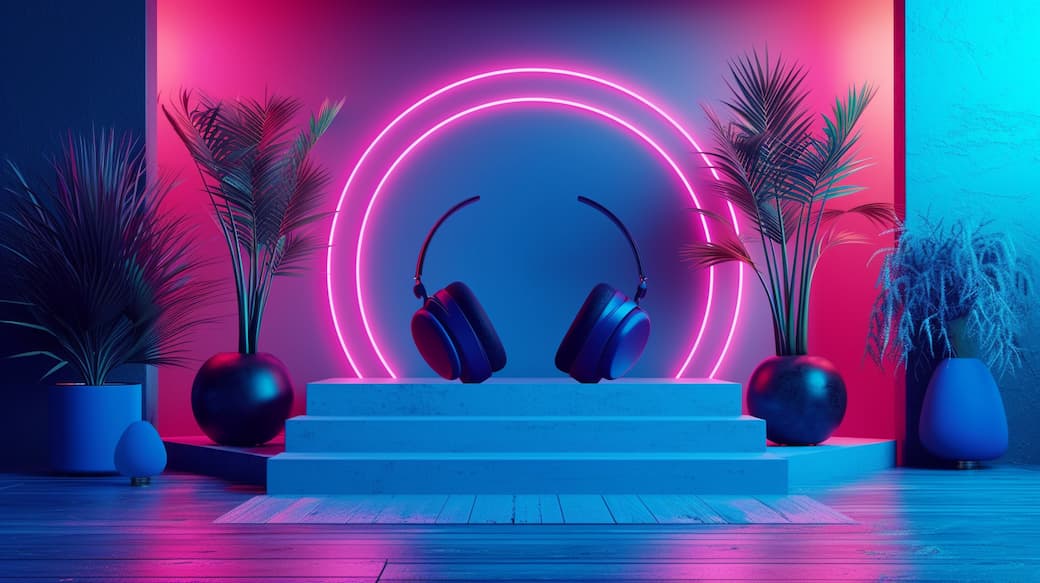
ASMR commercial – How sound sells better than image
Content
ASMR in marketing is gaining popularity. You may have even heard commercials or seen videos yourself in which whispering or another sound is used to relax the target audience. ASMR videos on YouTube have millions of clicks and the asmr artists earn a lot of money with them.
But the hype is not only becoming increasingly relevant for a YouTube channel. As a brand, you can benefit from this phenomenon and in this article, as a sound expert, I will show you how.
The science behind ASMR
ASMR stands for Autonomous Sensory Meridian Response. Sounds complicated, but simply means: feeling tingles (often on the back of the head) in response to triggers that are perceived as deeply relaxing.
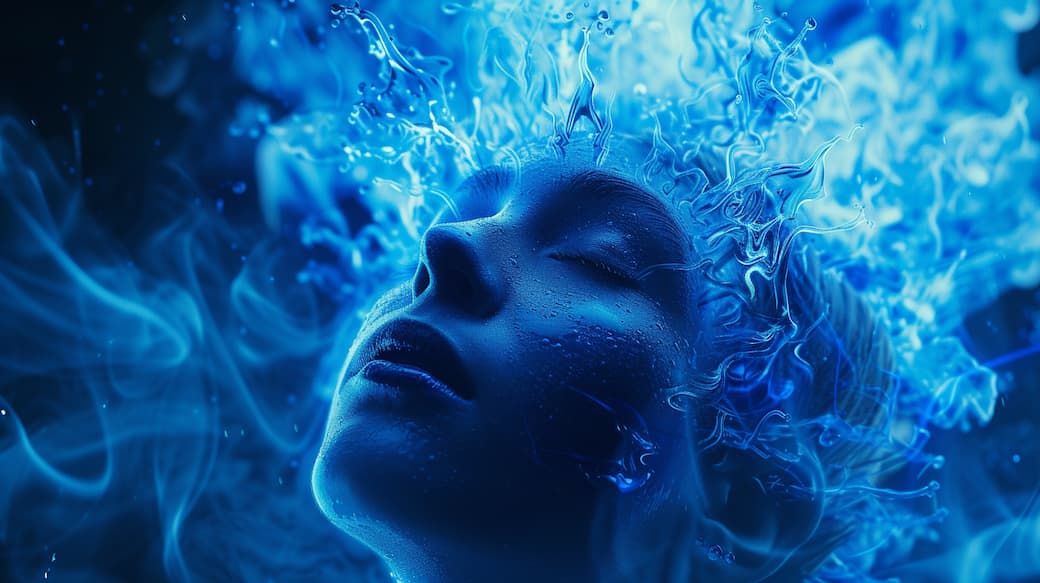
Read more about ASMR Audio.
ASMR as a marketing tool for companies
We can distinguish between two types of ASMR in marketing:
- ASMR product placement
- Advertising with ASMR elements
In product placement, ASMR artists use the products or services to be advertised in their ASMR video. They actively use it to create relaxing sounds, or the product is held in front of the camera or visibly placed in the background (given it’s a physical product).
With non-physical products/services, the product can be integrated into the ASMR video in other ways, e.g. by whispering the product name/ad and creating a head tingling sensation. An advertisement with ASMR elements, on the other hand, is a classic advertisement in which certain sound elements are specifically emphasized or used.
The aim is to appeal to the user’s sensory stimuli and create a relaxing effect.
Check out my ASMR advertisement for the Audi R8 GT.
Appealing to the target group through relaxation
Imagine you are stressed and suddenly, you hear something that relaxes you. Companies can use this very well in B2C to address their target group directly.
Think of a shampoo advertisement. The shampoo is squeezed out of the bottle and spread on the palms of the hands, then applied to the scalp and gently massaged into the hair. You can hear the foam bubbles bursting before the shampoo is rinsed out with warm running water.
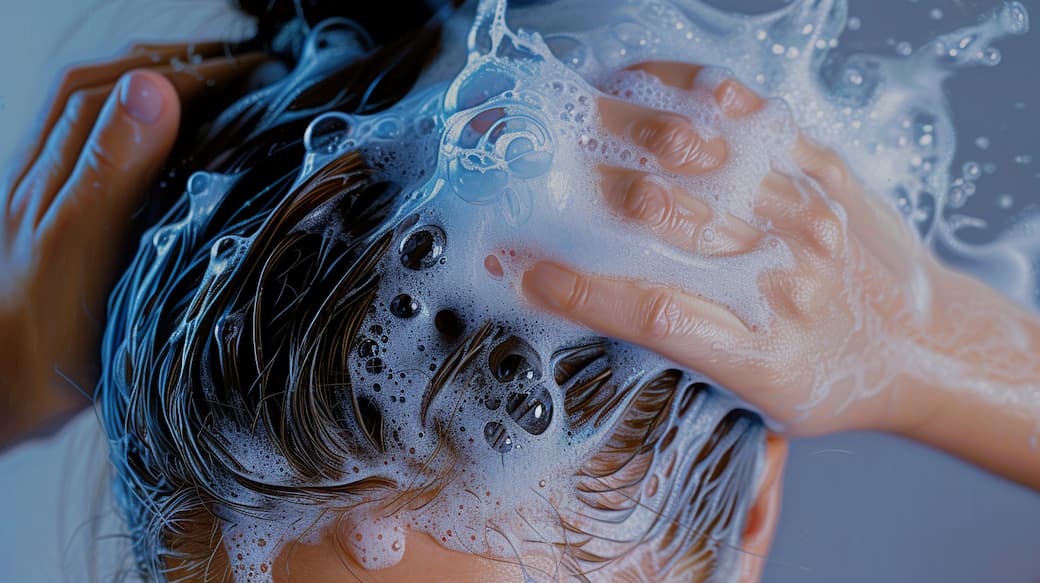
For many viewers, such a commercial would be oddly satisfying.
Certain companies can particularly benefit from ASMR research, e.g. providers of sleep equipment, spas and wellness centers, but also brands for fabrics, decoration and many more. A law degree or a drill, on the other hand, would be less associated with relaxation and pleasure.
When it comes to advertisements in the media, it feels like every brand is trying to be the loudest and attract the most attention across all channels. But as it turns out, with more videos in the ASMR context, it is primarily the reversal of sounds that turns listeners into YouTube subscribers, friends and customers.
Brand image and authenticity
Some brands and products go beyond the visual and need to be experienced. For example, a barbecue manufacturer could use the powerful soundscape of crackling coal to emphasize the quality of their product.
An author or bookstore could advertise with the sound of page flipping. This puts the focus not only on the story in the page or book, but on the book as a product itself, and how pleasant it feels to hold it in your hands.
One challenge in marketing is to use all channels for content and ads that authentically convey the feeling of a brand. Glamurous images, as we know them from Google, are not enough. See Bob Ross, an artist who is loved for his painting techniques and gentle touch, despite the minimal noise – or maybe even because of it.
Creative use of ASMR videos in advertisements
If you want to create good ads with ASMR, there are some important aspects to consider. Because using ASMR as an advertising strategy without any (technical) understanding of audio is of little value. It is just as important to understand which triggers affect people in what way.
Sound design and recording quality
In my work as a sound engineer who has worked with a number of YouTubers, it turns out that most mainstream ASMR creators have little understanding of sound engineering. It’s not enough to just put the focus exclusively on ASMR microphones and randomly touch products; you have to choose the right microphone using the right settings.
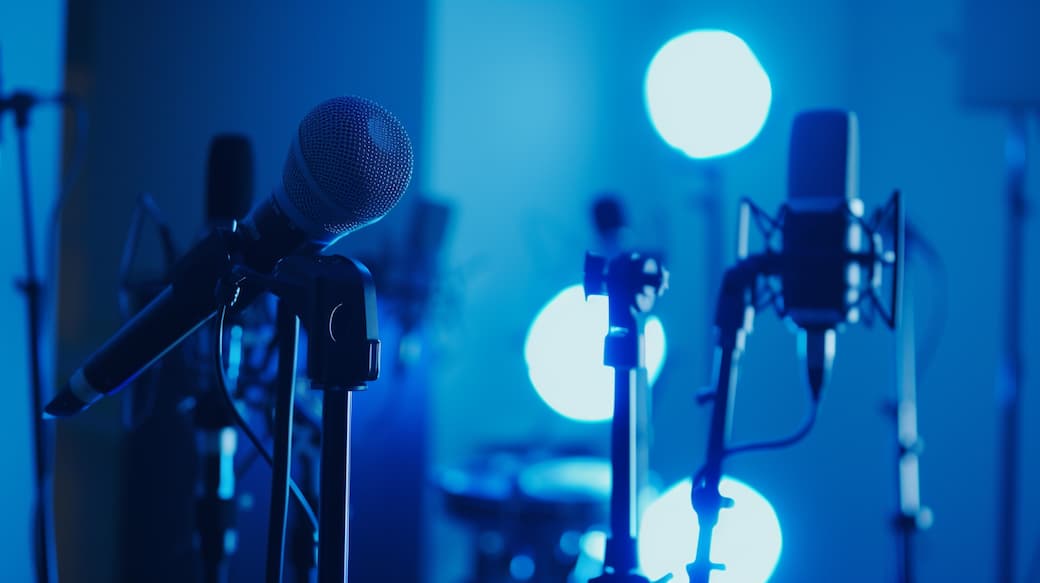
Raw recordings aren’t enough either, as sound always needs a certain amount of post-processing. I provide tips and support for this.
Autonomous Sensory Meridian Response triggers
When selecting suitable triggers, it is not enough to simply follow a trend, as different triggers suit different products and audiences have different tastes. Some research is required. For one person, eating noises and mouth sounds are absolutely unbearable, while someone else finds them pleasant. Those who like it will be able to utilize this with so-called mukbang content.
An electronics manufacturer could use the gentle humming of electronic devices to emphasize the modern functions of its products. Professionals immediately recognize the value of a product by its sound, so why not use these effects to your advantage?
Here is an overview of some popular ASMR triggers:
Soft Whispers
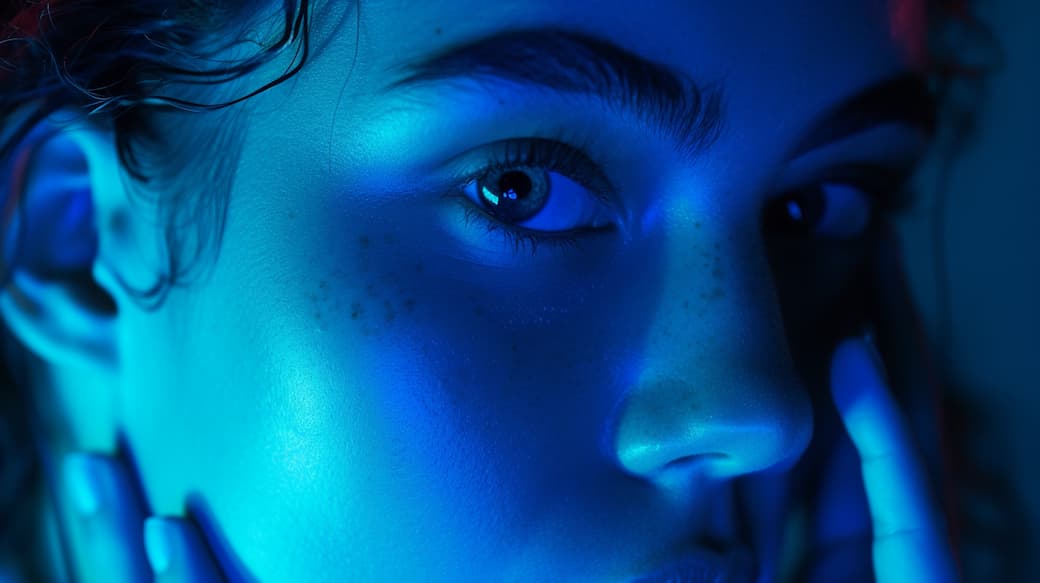
Many people find it very pleasurable, calming and soothing when something is whispered into their ears. A story, a whole ad, or showcasing an art piece. Whispering has also made its way into pop music, with Billie Eilish leading the way.
Crackling, tapping, scratching
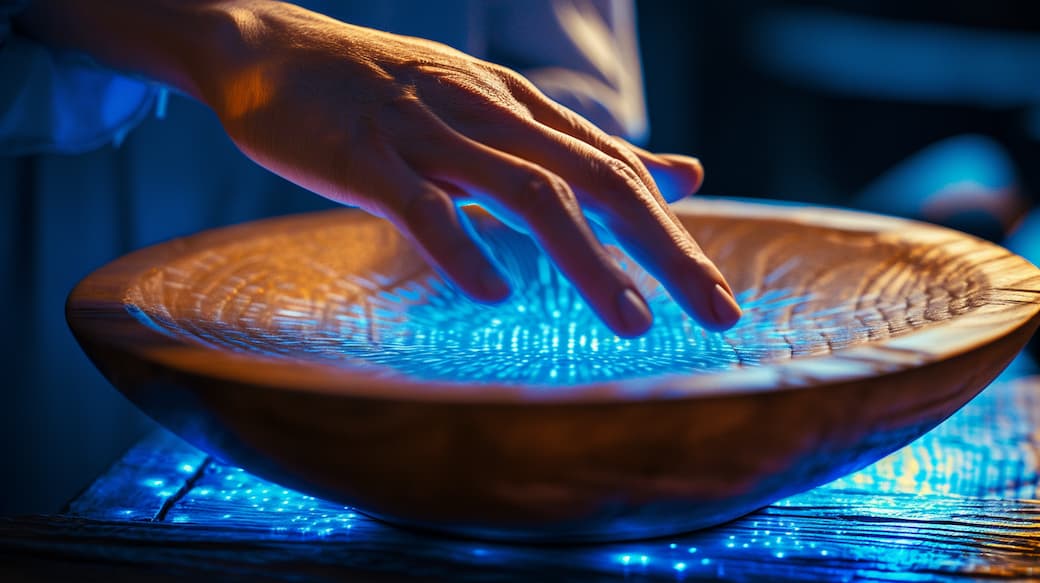
Another popular trigger is crackling, tapping, or scratching noise. This is particularly suitable for products that can be touched. Use the rustling of a bag of potato chips to enhance your customer’s appetite. You can also tap on a keyboard or gently scratch on wooden objects.
Organic objects such as wood or soap are received very well in the ASMR community.
Massage, brush, stroke
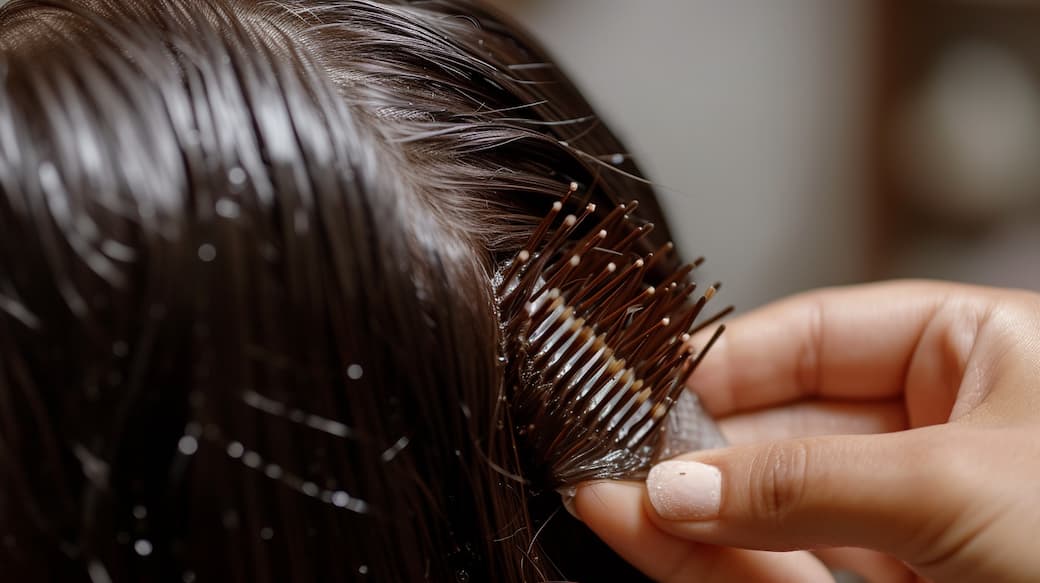
Massage or stroking sounds have a particularly strong effect on viewers, especially in so called personal attention content. The mix of audio, voice and video allows the viewers to put themselves in the situation, making it more realistic and personal.
These elements feel more dynamic and enhance the experience.
Mouth Sounds
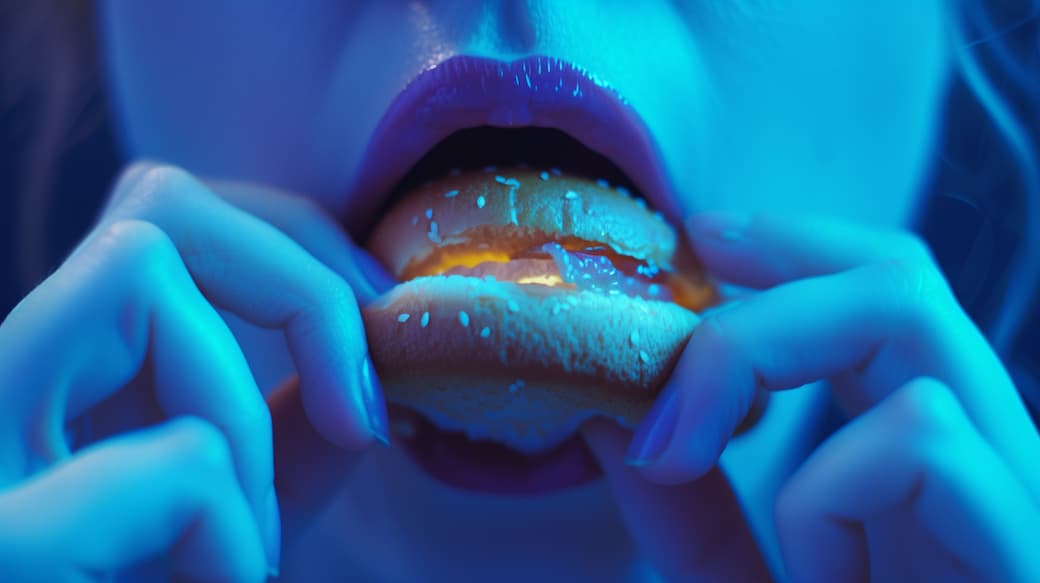
This is a internet trend trigger many people reject, while others are loving it. Mukbang videos are the platform for mouth and eating noises. This kind of content is particularly suitable for commercials of beer, food manufacturers, restaurants, and other food-related brands because it creates appetite.
Brands need to ensure that the target group establishes a connection to the product or the brand itself through the selected ASMR elements. For this to happen authentically, you need the right equipment and a certain level of expertise.
Measuring success and examples of ASMR in marketing
You can use various criteria to determine how successful your video is. For example, you can measure the time viewers spend on your ASMR videos and analyze the data. Sometimes, however, success is also measured by people’s reactions, because not every success is determined by the number of viewers.
Negative examples featuring soft whispers
Bentley
Two marketing trends were combined in this commercial: ASMR and influencer marketing. The ad clip received a lot of attention online, but it was because people made fun of it and parodied it on the internet. Although I get the idea behind whoever created this ad, the implementation and performance were very poor.
The aim here was obviously to succeed using a marketing trend (ASMR), while severely neglecting the very meat of it: good sound. You can see the microphone in the video, but somehow the whole crew didn’t seem to care that it wasn’t held close to the objects that created the sound.
MacDonald’s Switzerland
Although McDonald’s directly advertises with ASMR, the audio recording isn’t prioritized in this clip either (in a format where sound is the main focus!). The focus is more on what an ASMR video should look like – but technically, it sounds like it was recorded with a smartphone and forgotten to be mixed afterwards.
You can hear and sense something humming in the background that doesn’t belong. In addition, the ratio of good to bad ratings (50/50) and the deactivated comment section probably speak for themselves.
Positive examples
Dell
In my opinion, Dell has implemented the various ASMR elements very well in their Christmas campaign. The different sound details are kept natural and realistic and have the right acoustics. The quick cut works well for short videos, also known as reels/shorts.
Safeguard “The Wash”
Safeguard’s soap commercial not only plays with various triggers, but it actively uses binaural audio, which makes the listening experience more real and authentic. It’s simply fun to watch and listen to. Here, Foley sounds (or similar technologies) were definitely added afterwards to make it really professional.
Innovative ASMR Applications in Major Campaigns
A captivating example of ASMR used in large-scale advertising campaigns is Michelob Ultra’s Super Bowl ad, known as “Pure Gold”. In this commercial, actress Zoe Kravitz utilizes ASMR techniques to convey the tingly sensation of enjoying the beer. The gentle whispers and the sound of the beer bottle being opened aim to create a relaxing atmosphere, anchoring the brand name in the minds of viewers.
Another notable use to experience ASMR in advertising was the Dove Chocolate campaign. Here, gentle touches and the sound of unwrapping the chocolate were used to create a relaxing experience that appeals to the senses and invites viewers to almost feel the delicate texture and rich taste of the chocolate. ASMR enthusiasts had the tingle chills on instagram.
These campaigns demonstrate how brands are leveraging ASMR not just as a tool for niche markets, but as a mainstream strategy to enhance viewer engagement and create memorable, pleasurable advertisements that stimulate the senses and foster a deep connection to the brand. We should make them forget that they even listen to autonomous sensory meridian response or a commercial at all.
Conclusion ASMR in advertising and marketing
ASMR advertising is like an additional tool in marketing. Anyone can use it, but whether it ends the ad is up being high-quality, professional, and ultimately successful depends on the sound recording and post-production. This requires expertise, because you have to know what you are doing and how.
So if you want to do it the right way, reach out to me.
Inquire now without obligation